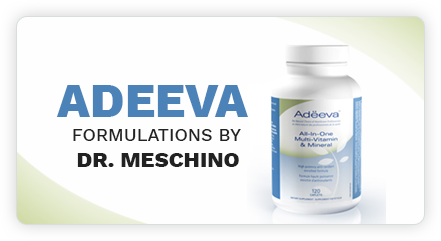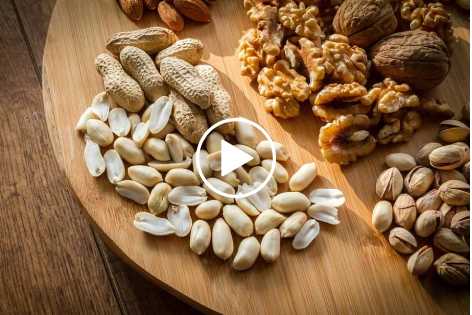
LMU 41 – The Impact of Vitamin D on Lung Function in Smokers: Insights from a 20-Year Study
Source: American Thoracic Society (July 20, 2012)
Lifestyle Medicine Update (February 8, 2017)
Introduction
In a study published by the American Thoracic Society on July 20, 2012, the relationship between vitamin D blood levels and lung function among smokers was examined. This study, conducted as part of the Normative Aging Study, shed light on the potential protective effects of vitamin D against the decline in lung function over a 20-year period in smokers. This article delves into the methodology, findings, and implications of the study, highlighting the significance of maintaining optimal vitamin D levels for smokers.
Methodology
The study involved 626 Caucasian male smokers as participants, with the objective of investigating the connection between serum vitamin D levels and the rate of lung function decline over two decades. Researchers defined vitamin D sufficiency as serum levels greater than 20 ng/ml (approximately 50 nmol/L). To assess this relationship, vitamin D levels were measured at three different intervals between 1984 and 2003. Concurrently, lung function was evaluated through spirometry testing.
Findings
The study revealed a compelling association between vitamin D sufficiency and improved lung function among smokers. Participants with higher vitamin D blood levels exhibited better lung function over the 20-year observation period compared to those with lower vitamin D levels. The research emphasized that maintaining adequate vitamin D levels might exert a protective effect on lung function and mitigate the rate of decline.
According to the researchers, these outcomes could be attributed to vitamin D’s anti-inflammatory and antioxidant properties. While the study did not explore vitamin D’s potential in reducing lung cancer risk, it underscored the value of sufficient vitamin D status in decelerating the decline in lung function associated with smoking. This has significant implications for preventing smoking-related conditions such as emphysema and chronic obstructive pulmonary diseases.
Practical Implications
The findings of this study have direct implications for clinical practice and public health. Smokers especially are advised to undergo evaluation of their blood vitamin D levels. Should their levels fall below the recommended threshold of 20 ng/ml (50 nmol/L), supplementation with vitamin D is recommended to elevate levels to the optimal range. However, it is crucial to note that smoking cessation remains the most effective approach in preventing smoking-related health risks, including lung cancer. Given that a substantial portion of lung cancer cases—approximately 87%—is attributable to cigarette smoking, quitting smoking remains the primary focus.
Considerations for Optimal Vitamin D Levels
While the study highlights the role of vitamin D in mitigating the decline in lung function for smokers, it’s important to extend the discussion to the broader context of overall health. Numerous studies have indicated that maintaining a blood vitamin D level (25-hydroxycholecalciferol) of 85 nmol/L (35 ng/ml) or above is beneficial for various health aspects, including cancer prevention, osteoporosis, and certain degenerative diseases.
Conclusion
In summary, the study published by the American Thoracic Society in 2012 underscores the potential benefits of adequate vitamin D levels in attenuating the decline in lung function among smokers. The research conducted as part of the Normative Aging Study provides valuable insights into the interplay between vitamin D and lung health over a prolonged timeframe. Although the study offers significant implications for smokers’ health, it is essential to recognize that smoking cessation remains the most crucial factor in preventing smoking-related health complications. For smokers, maintaining optimal vitamin D levels, along with quitting smoking, could contribute to better lung health and overall well-being.
Reference
American Thoracic Society (ATS) (2012, July 20). Vitamin D may protect lung function in smokers. Retrieved from: https://www.sciencedaily.com/releases/2012/07/120720081843.htm
Eat Smart, Live Well, Look Great,
Dr. Meschino

Dr. James Meschino
ABOUT THE AUTHOR
Dr. James Meschino, DC, MS, ROHP, is an educator, author, and researcher having lectured to thousands of healthcare professionals across North America. He holds a Master’s Degree in Science with specialties in human nutrition and biology and is recognized as an expert in the field of nutrition, anti-aging, fitness, and wellness as well as the author of numerous books.











